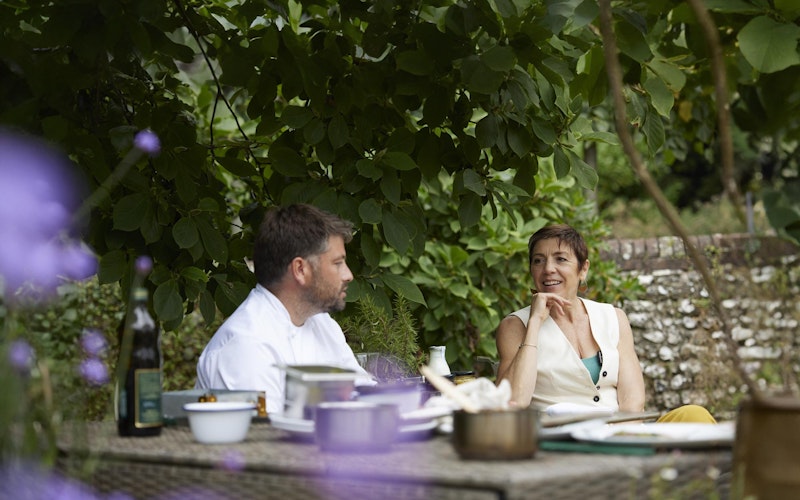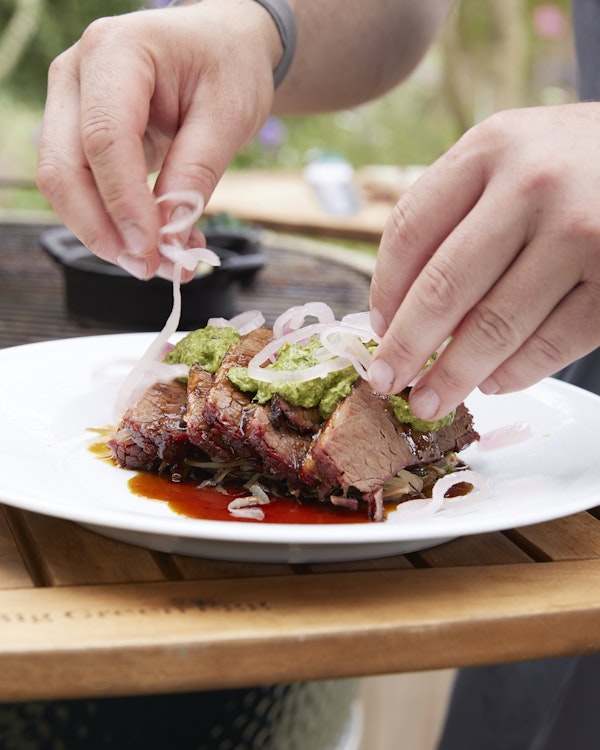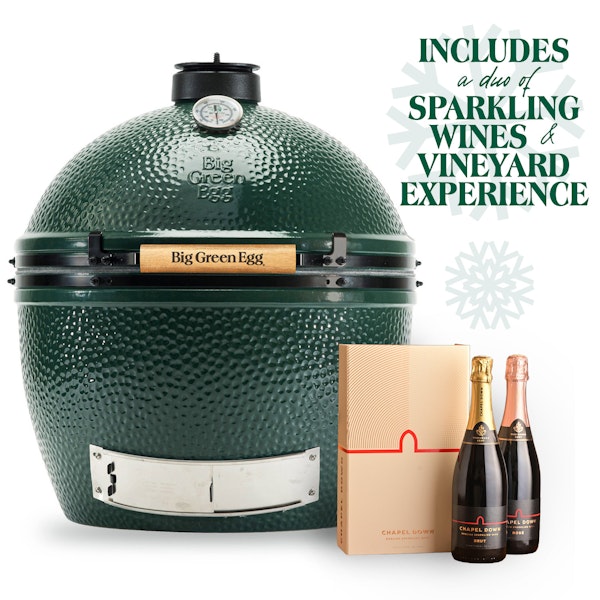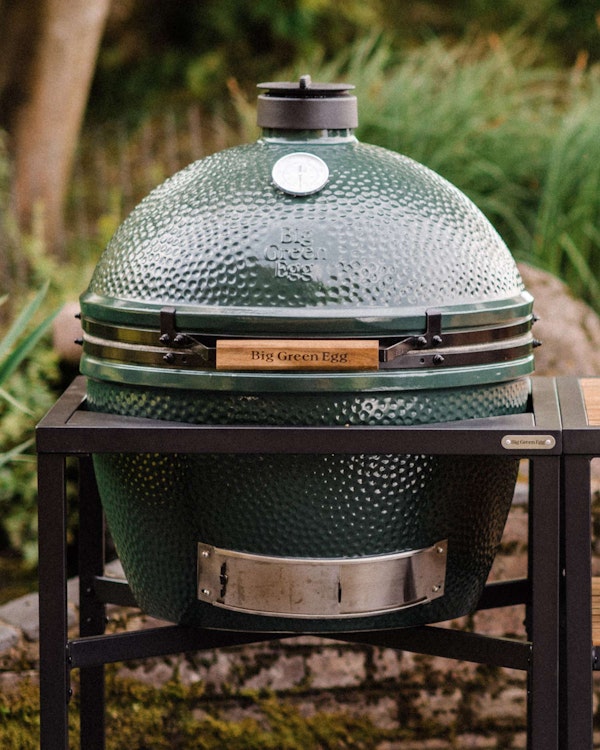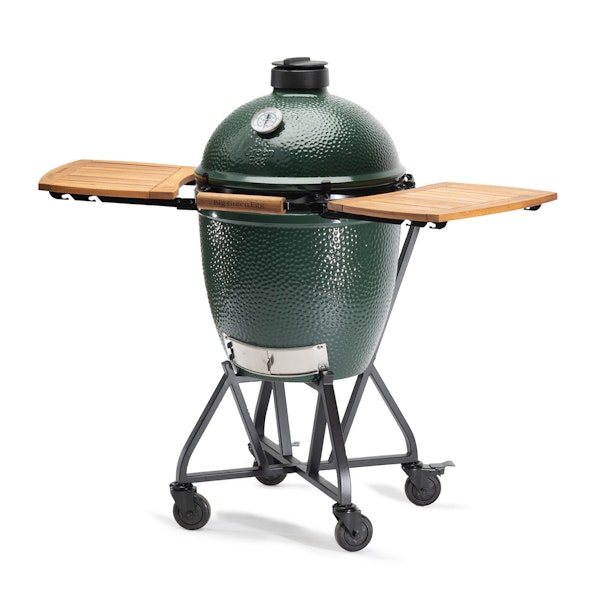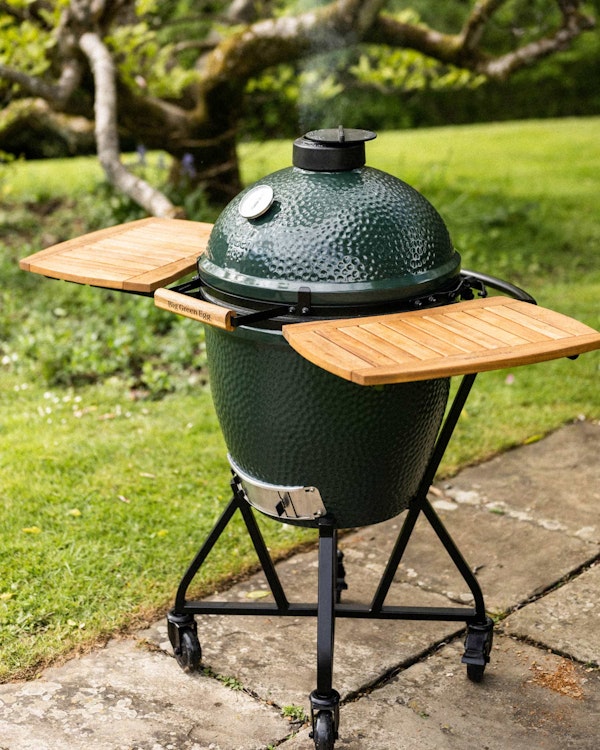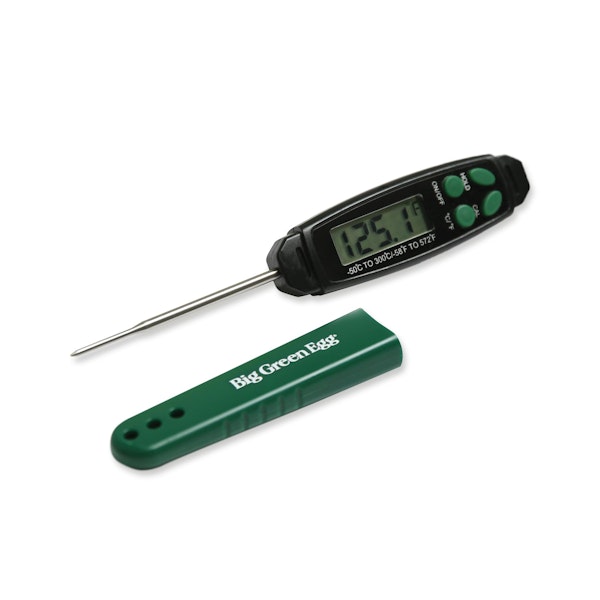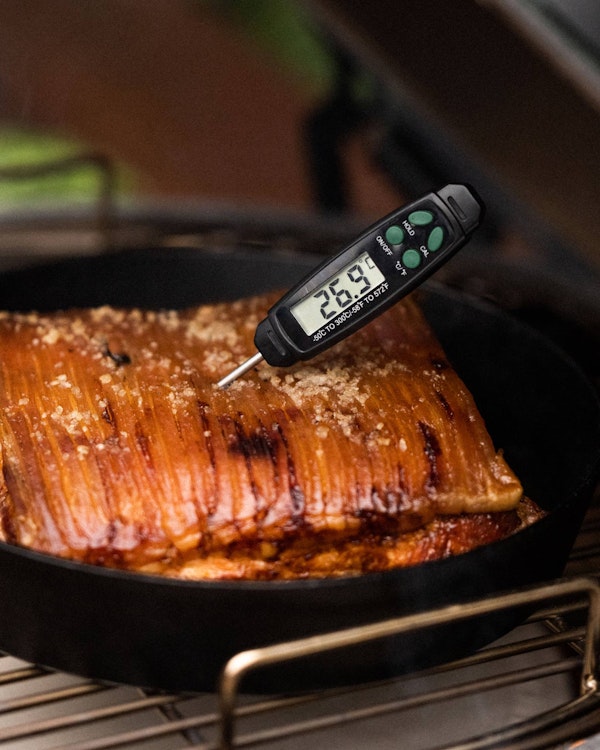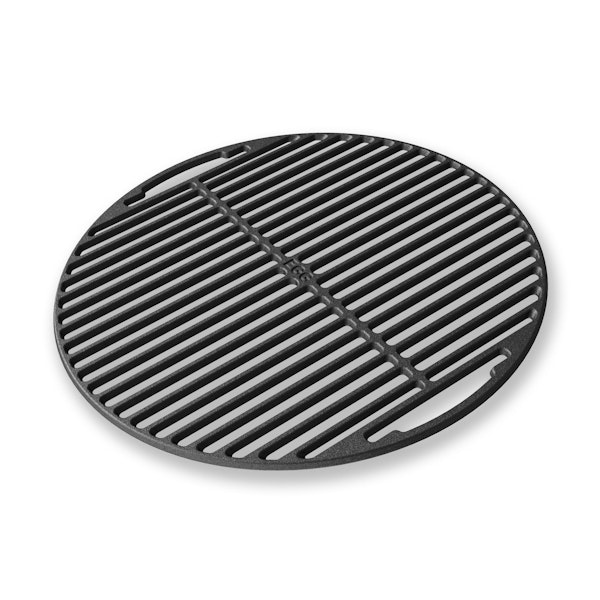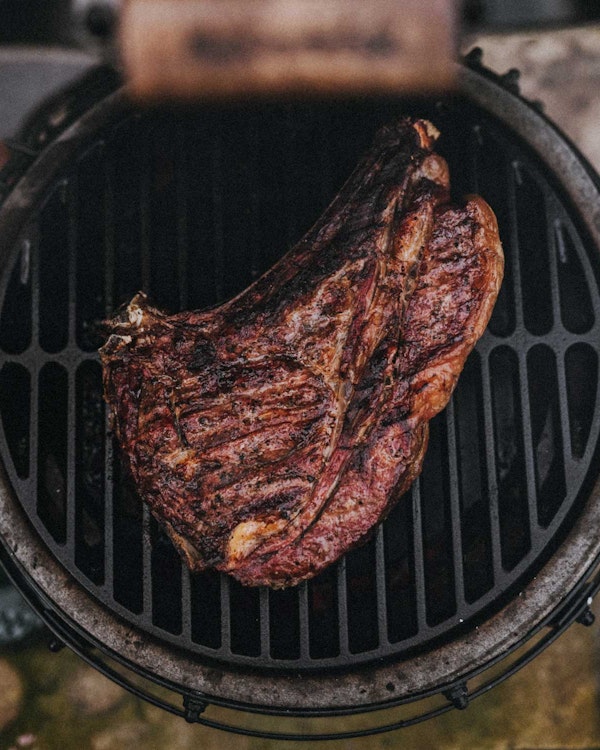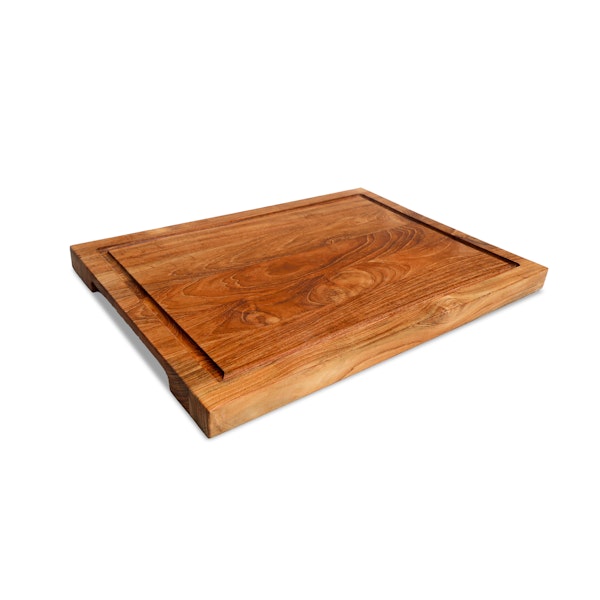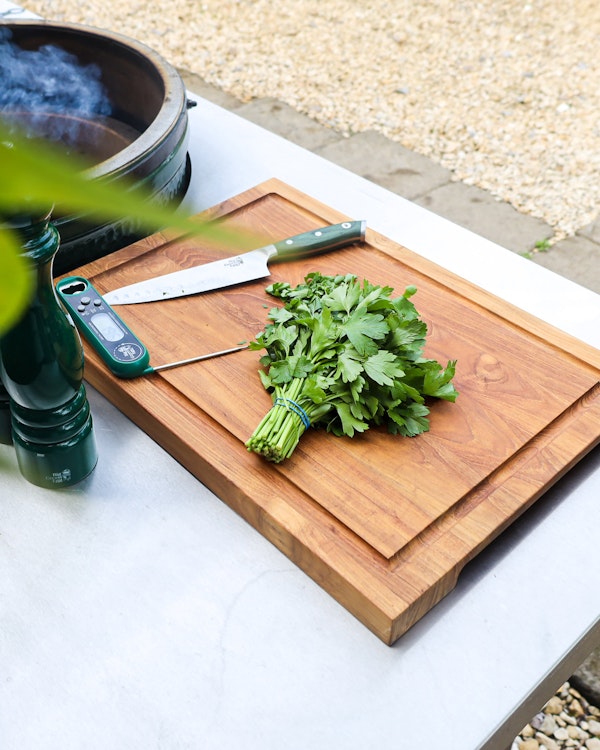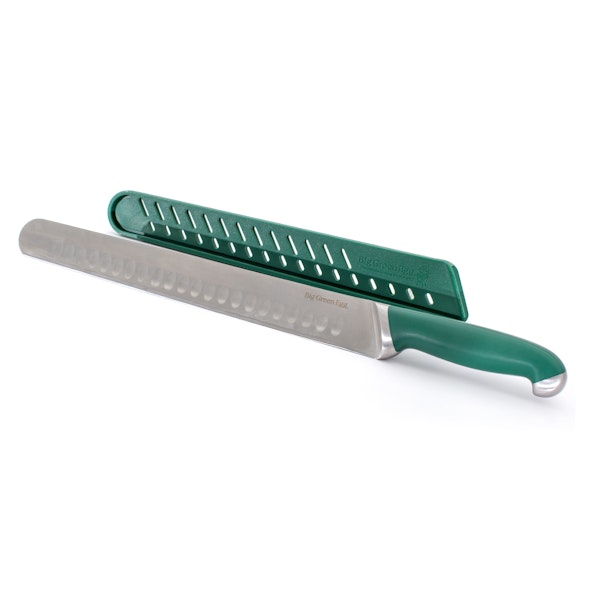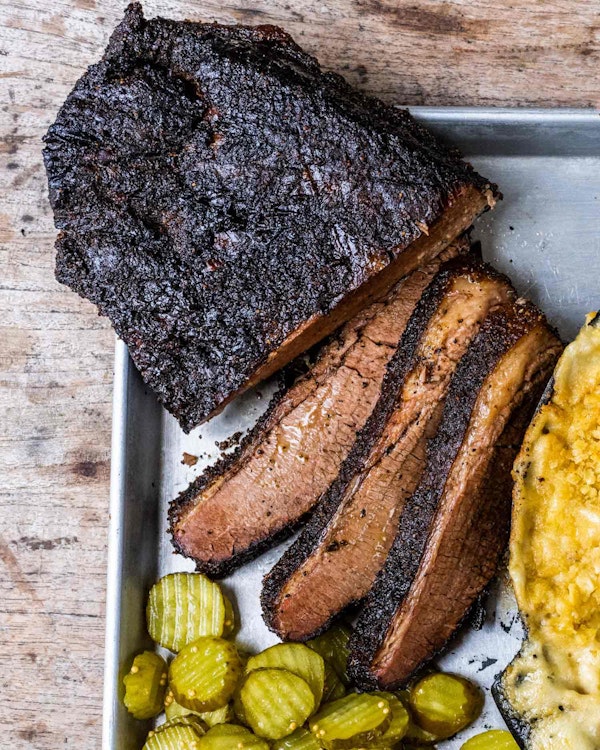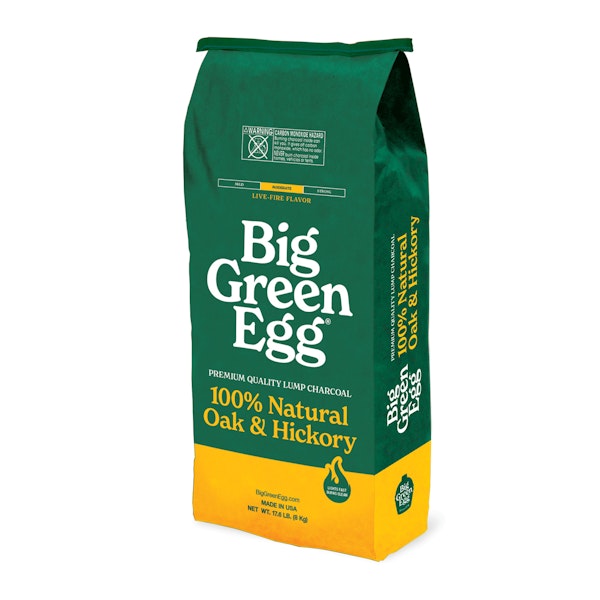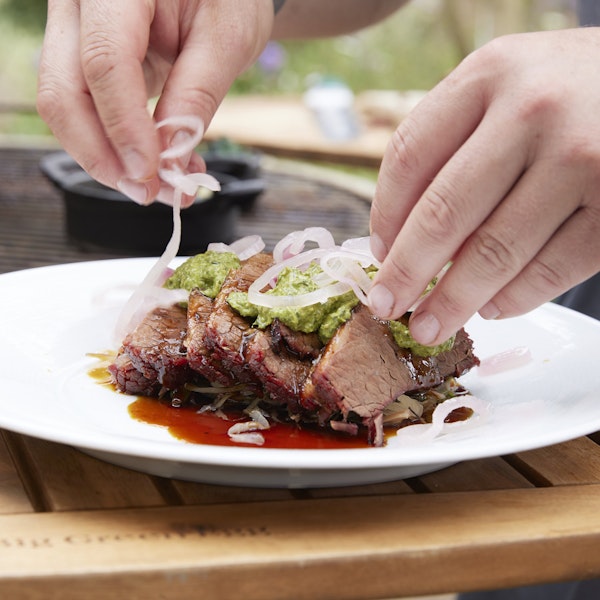Let’s start with the basics. What is the gut microbiome?
It consists of tiny microbial species that live within our guts and have this symbiotic relationship with us – bacteria, viruses, parasites, fungi, yeasts, little things called archaea. They’re dependent on us feeding them the right food and, in return, they produce nutrients, they regulate our immune system, they calm inflammation, they feed our brain. They’re the central organisers and controllers of many of the systems in our body. On average, we contain roughly two kilos of microbes, 100 trillion of them, more than there are stars than in the Milky Way. What’s important to understand is that these microbes were around well before we were human, and they’ve taken up residency to get fed. Much of modern life – too much stress, not enough sleep, antibiotics, additives in food – can upset the very fine and intricate balance of all these different species, and that can have a negative effect, not just digestively but throughout the body.
So, beyond the digestive system, what else do these microbes influence?
They affect our immune system, they affect our brain, they affect our mood, they affect our energy. That deep, deep connection with so many of our functions is really only now being fully understood. In fact, there is no area of human health being studied more right now. One big breakthrough over the past five or six years is the understanding that the gut is far from the only microbiome on the body or in the body – we’re finding more and more all the time. Wherever there’s an organ, wherever there are mucus membranes, there are microbes. The gut microbiome is the biggest and the one most in control of everything. Between them there’s a network of communication called quorum sensing – this unbelievably complex, not-yet fully understood way of microbes talking to each other and regulating our bodies. It’s absolutely mind-blowing.

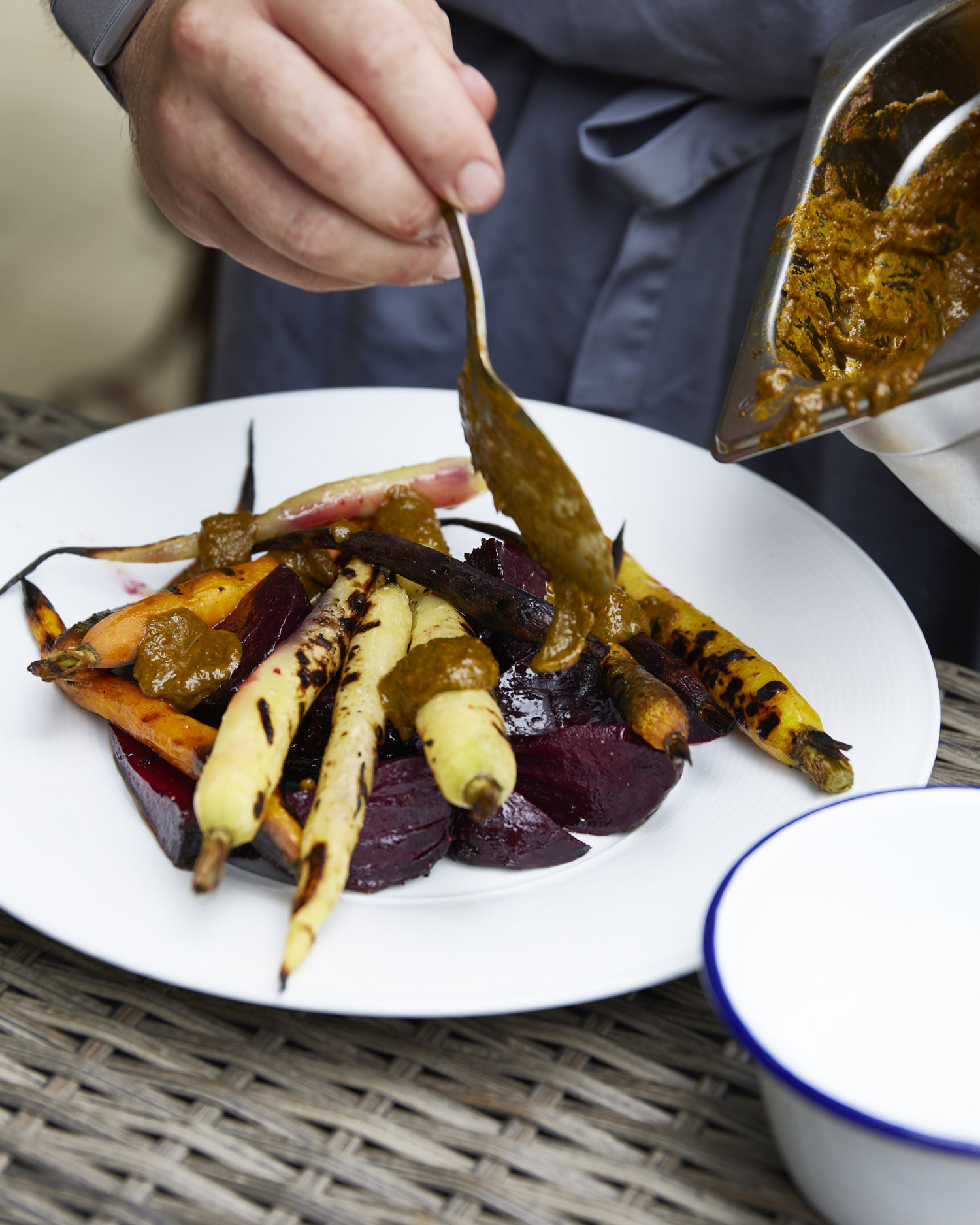
It’s obviously a very complex topic. Are we sometimes prone to oversimplifying it?
It’s understandable that people want simple, clear direction, but there’s nothing about human health that is simple, and rarely does one thing work for everybody. We have to accept that there’s individual nuance. One of the most frustrating things for me is probiotics: these supplemental microbes that are sold as some kind of panacea. They tend to contain a very high dose of unusually virulent, robust microbes – just a handful of strains. With the microbes in your gut, diversity is as important as number; you need to have as wide a range as possible. Taking some fancy product that has just a few strains in it is simply not the answer. If you take them consistently for days, weeks, months, you can crowd out your own very nuanced, personal ones, and by doing that you’re changing your microbiome for the worse, not the better.
While accepting that everybody is different, are there some simple ground rules we should all be following?
I call them the three Fs. The first is fibre. Fibre is found in plant foods: fruit and veg, nuts and seeds, beans and lentils. Fibre is prebiotic, meaning it’s the food source of our probiotic microbes. They have to be fed, or they die. Feeding them the right food means that they thrive – and then they look after us. There are many, many structures of fibre, and all our different gut microbes feed on different types, so you want lots of different fibre-rich foods, not lots of the same.
The second F is fermented foods – foods that contain living microbes that can help keep you topped up. That means dairy ferments like yoghurt, kefir and good cheeses, and vegetable ferments like sauerkraut or kimchi. Apple cider vinegar is a phenomenal fermented food, as is miso, which is a fermented soy. Then to some degree – and I have to be cautious here – there is fasting, your third F. We need to give the gut time to rest, to reboot. We need to let the gut’s mucus lining recover and we need to give the microbes a break from digestion, so they can grow and proliferate. That means creating a minimum 12-hour window from last calories to first calories. The trouble is, food is so available now, most people aren’t regularly getting that 12-hour break.
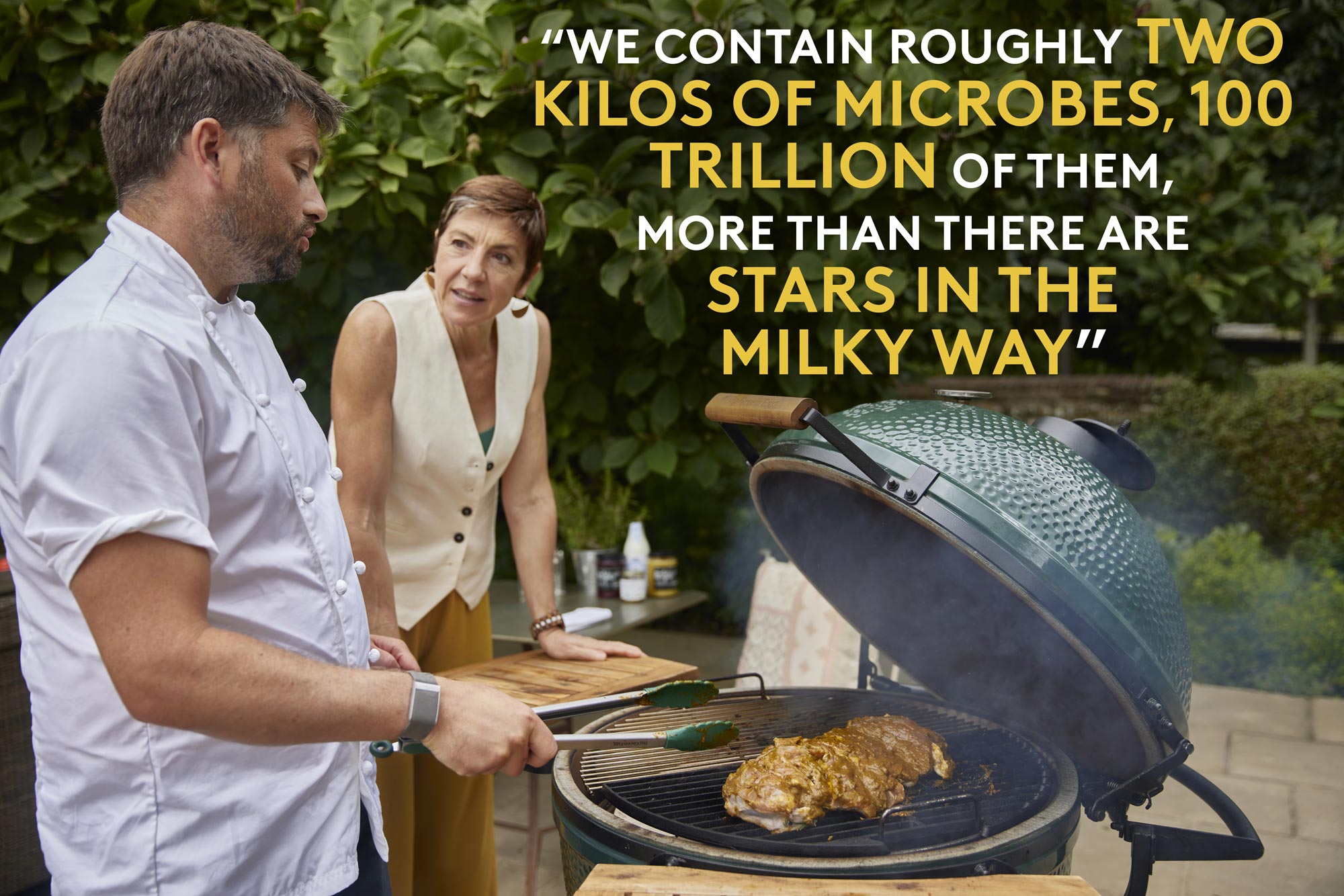
Why the caution?
Because some people get carried away with it. Twelve hours is a very sensible protocol – a very natural window. But if people go to the other extreme and suddenly start not eating for three or four days, thinking that if 12 hours is good then 36 must be even better, they end up starving their microbiome, and the microbes begin feeding on the gut lining, the mucus membrane, causing inflammation in the gut. There are cases where one might do a longer fast, but from a general, long-term health point of view, 12 to 16 hours is the healthy window for most people.
When it comes to nutritional value, does it matter not just what the food is but how it was produced?
It massively matters. I’m so passionate about this. Take meat, for example. My little mantra is: “You are what you eat ate.” A corn-fed animal is going to have a completely different fat profile to a grass-fed animal. What grazing animals are so good at doing is converting grass into really healthy fats. We can’t do that as humans, we don’t have the biology. I’m also, which is quite unusual, quite pro red meat. On Home Farm at Goodwood, they’re using regenerative farming concepts, so the animals are moving around, eating a natural diet, getting sun on their backs, moving their muscles. What is produced at the end of that animal’s life is deeply nutritious and balanced and healing, as opposed to an intensively reared animal which will be highly stressed, full of horrid things that have come from its feed, usually high in antibiotics and various other nasties. I realise there is privilege in saying that, because not everybody can buy high-quality, grass-fed meat, but it really is an entirely different category of food.
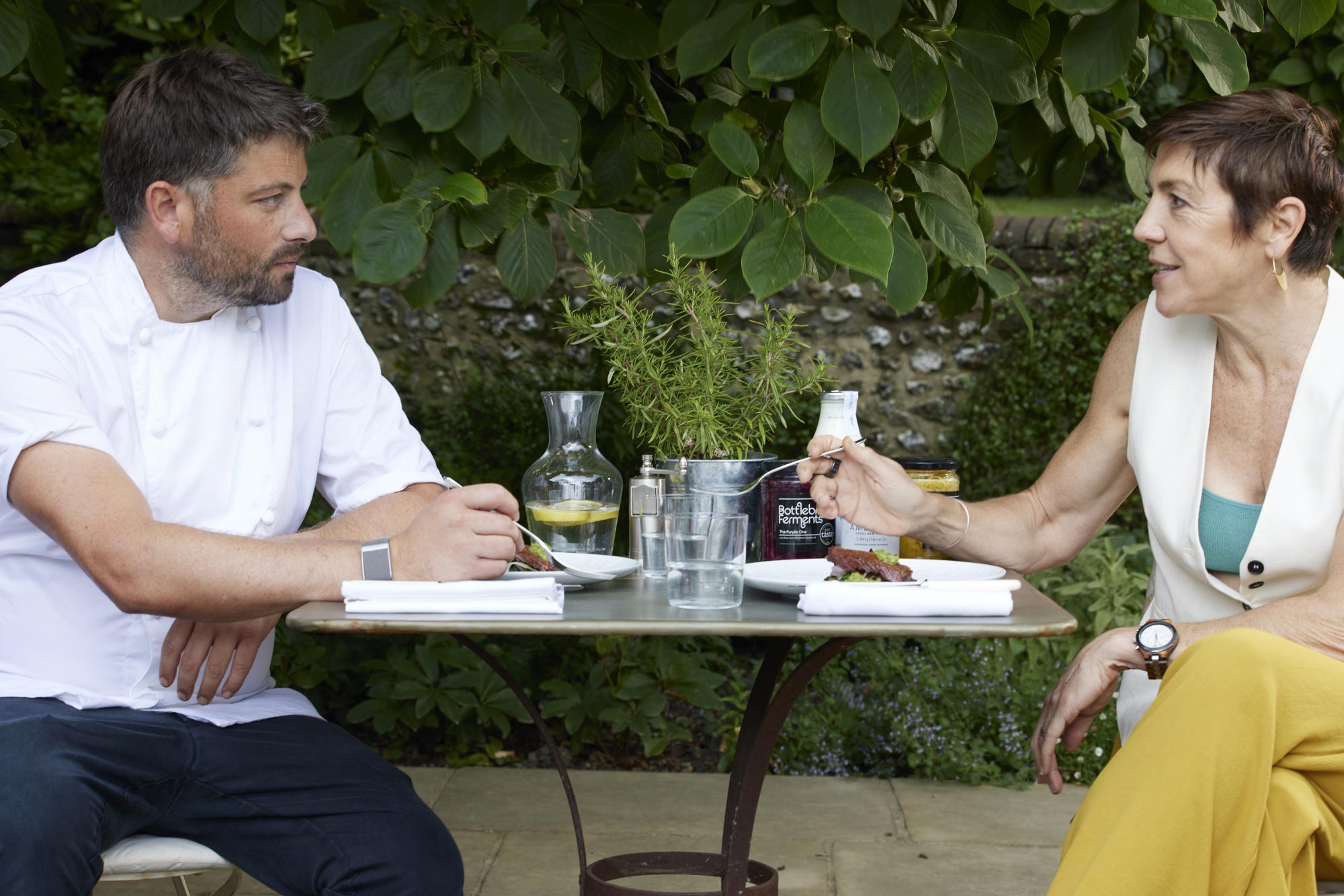
What makes you a proponent for eating meat?
Because of my love of animals, eating animals is a struggle for me emotional and psychologically, but I do not thrive as a vegan and nor do many people. People hate me saying that, but it’s true. After a while, the body can become very depleted – for many people, not everybody. Having quality dairy and meat products, together with fish and eggs, can be phenomenally healthy – for brain health, for metabolic health, for digestive health. We have to be nuanced about this, because eating industrial meat products is a problem, but eating good meat is not such a problem, and is actually very healthful.
Tell us about the gut-health wellness retreats you run at Goodwood.
It’s a five-day residential. The three Fs are employed throughout, so in all the meals you’re getting fibre-rich foods, fermented foods, and we’re easing people into that fasting habit. They get fed phenomenal-quality food, but food that fits my criteria. Whatever the meal, there needs to be good protein, there needs to be good fat, and there needs to be fibre. We take out the foods that tend to be aggravating, irritating and problematic for your gut microbes, so no sugars, no dairy, no grains. People often lose weight, and they often come because they want to lose weight, but that’s never my objective, it’s just a nice benefit that comes from them changing the way they nourish their bodies. They tend to get energy-level benefits, sleep benefits, but most importantly their gut health improves.
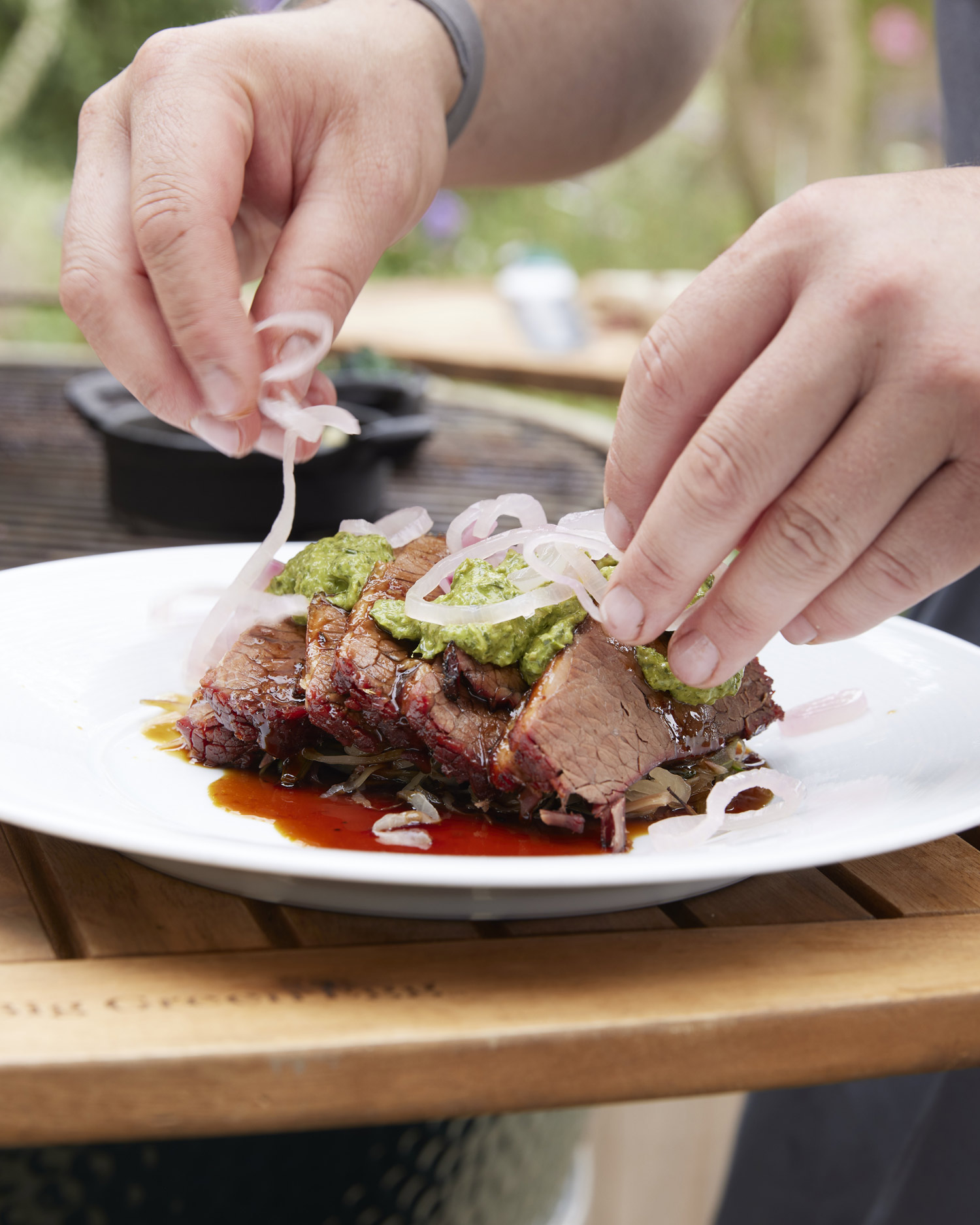
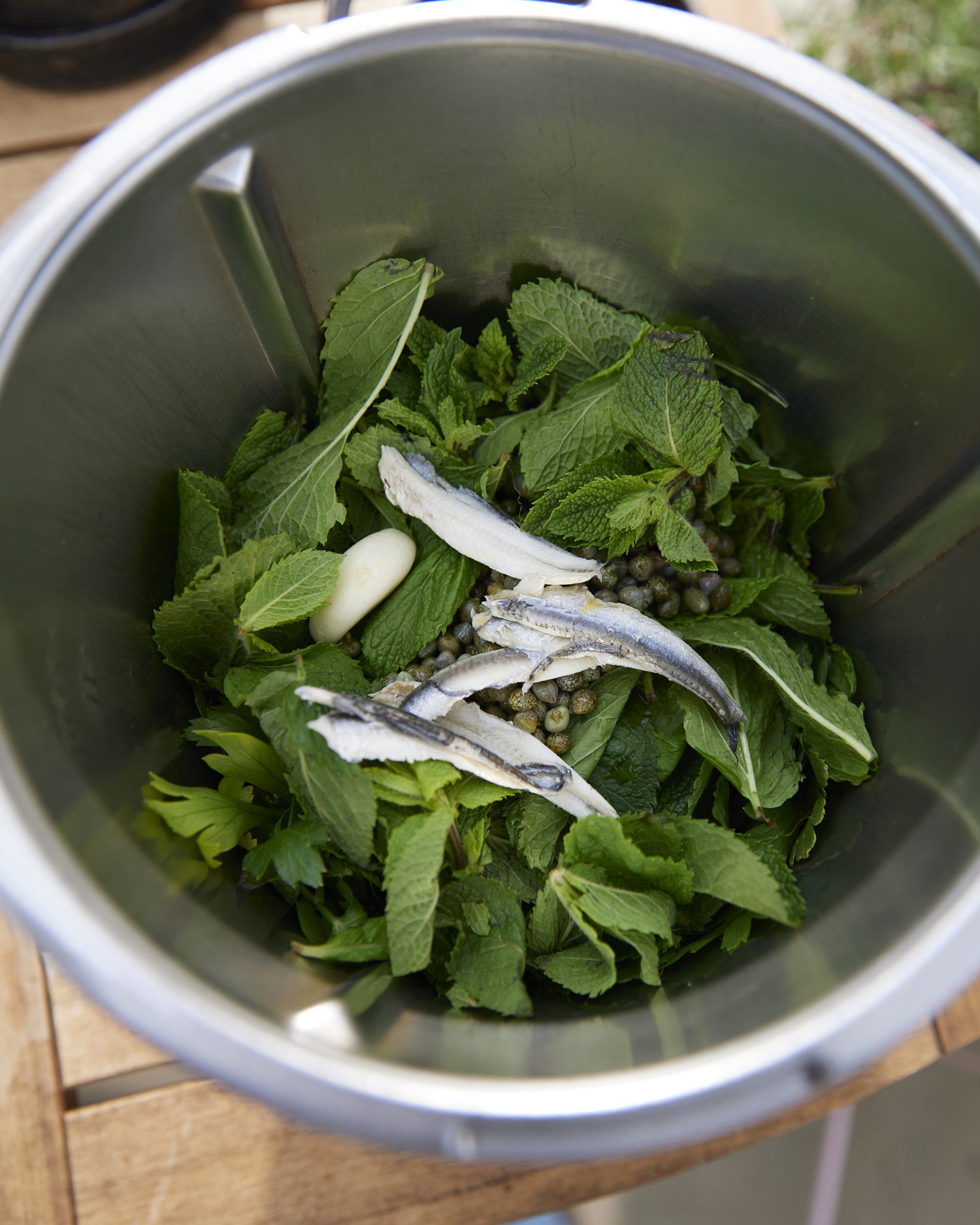
The food for the retreats is overseen by Goodwood’s executive chef Mike Watts, who also produced our 50th anniversary recipes to your specifications. What’s it like working with him?
It’s lovely – he’s such a pro and he’s so interested. The criteria I set can be a pain for chefs, but I have strong justifications for my requirements. Mike has risen to the challenge. The two recipes he did for Big Green Egg incorporated key ingredients like the ferments and the bone broth, which is deeply nourishing. He used lots of different herbs and spices, not just for flavour, but because one of the pushbacks against barbecuing food is that the smoke and charring we all love have potential health problems related to them. If you’re incorporating marinades full of garlic and rosemary and nettles, you protect the meat from chemicals called acrylamides that appear when the heat and smoke interact with the sugars and proteins in meat. By marinading the meat, and then having the accompanying dressings and sides of vegetables, you’re providing antioxidants to stop any damage that might result from the oxidative stress that comes from barbecuing meat. What’s wonderful is that it all tastes great too. It’s a win-win!
